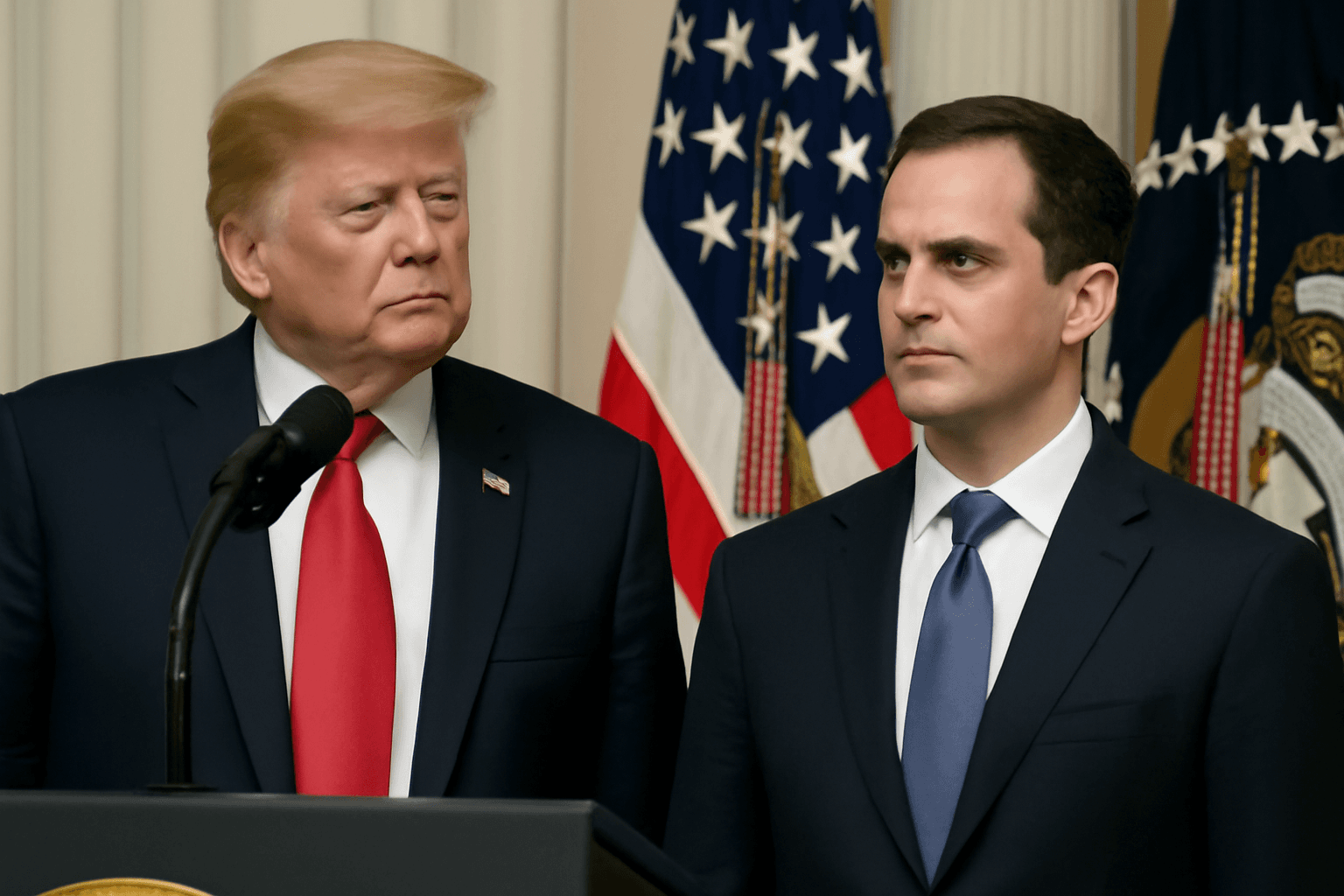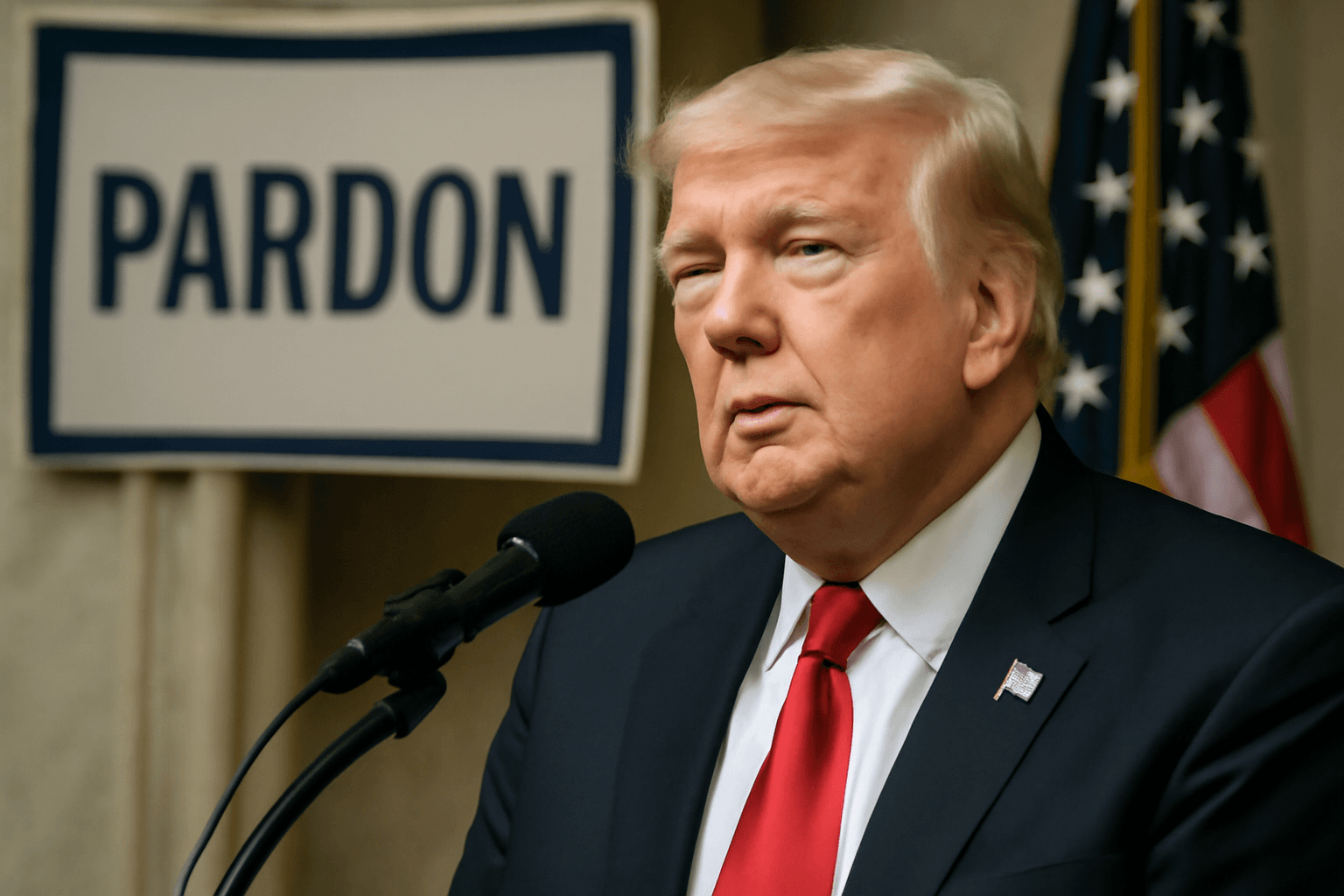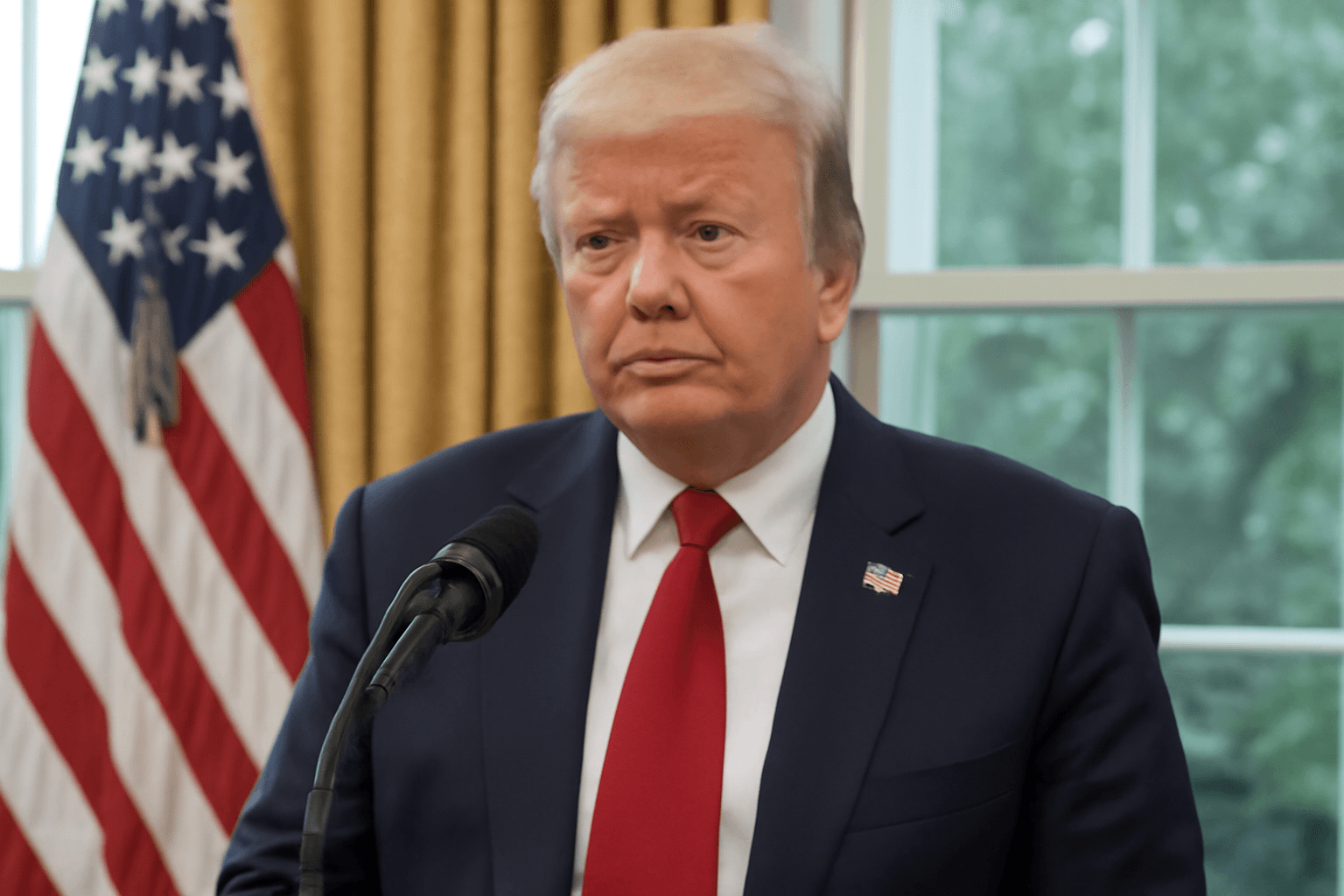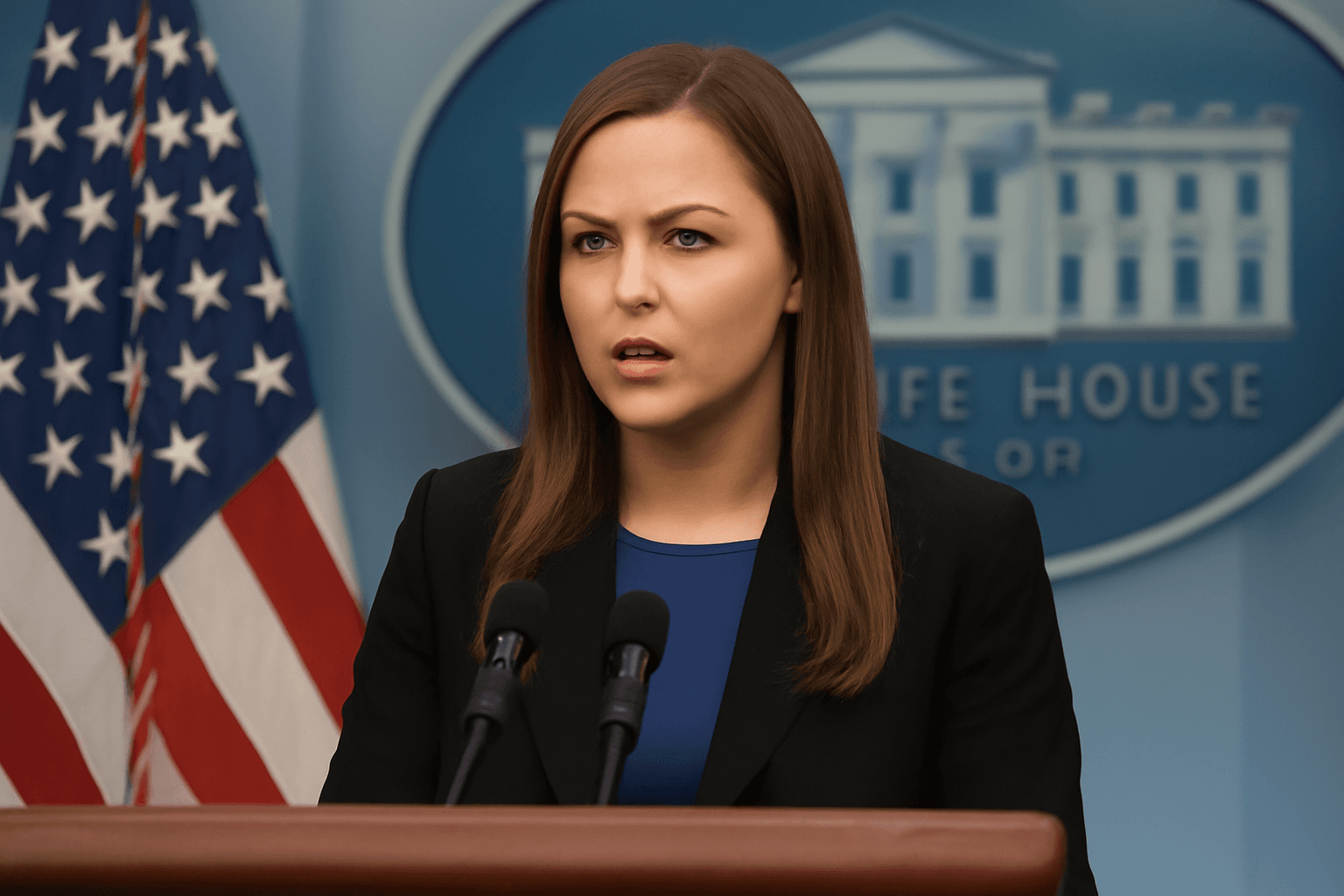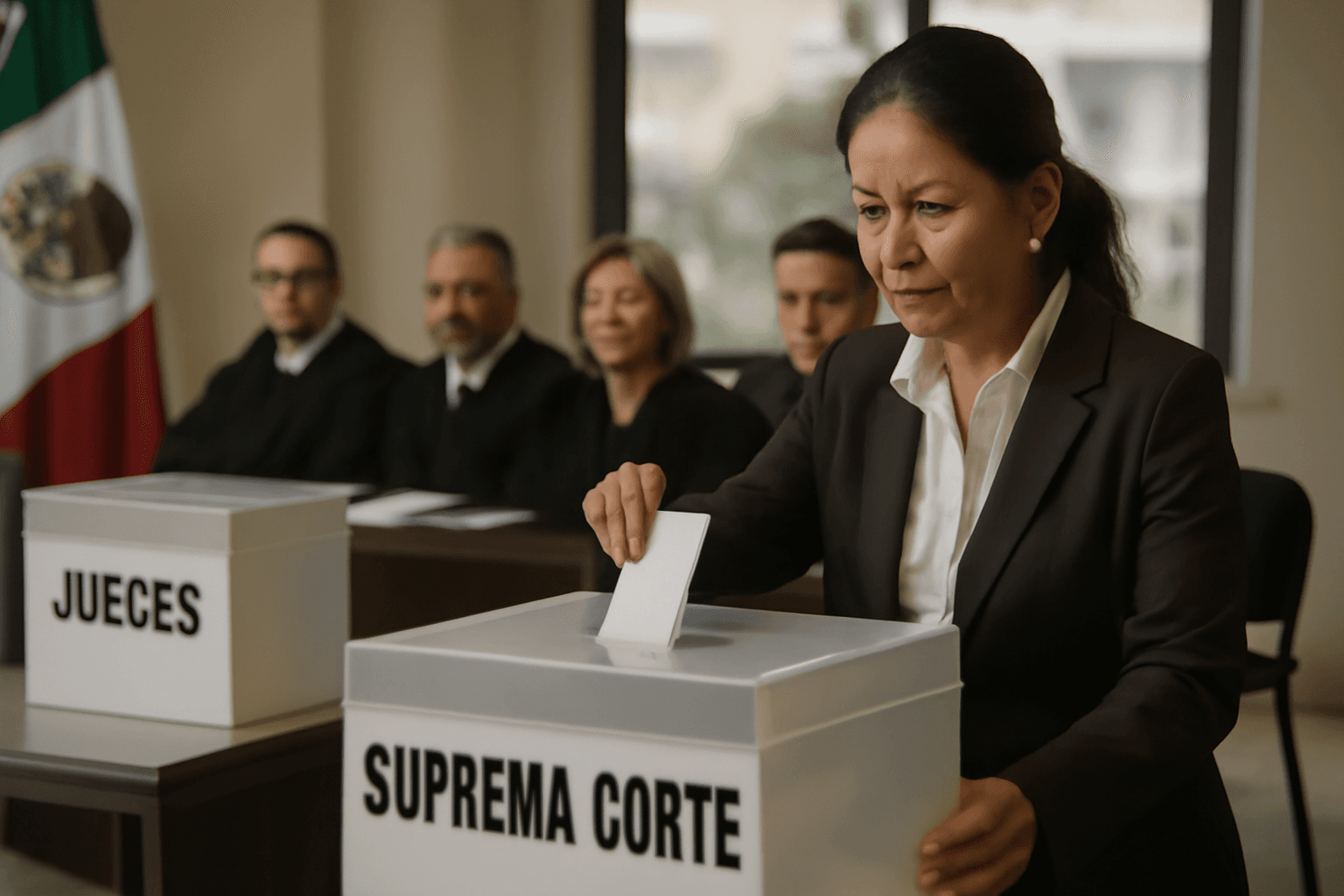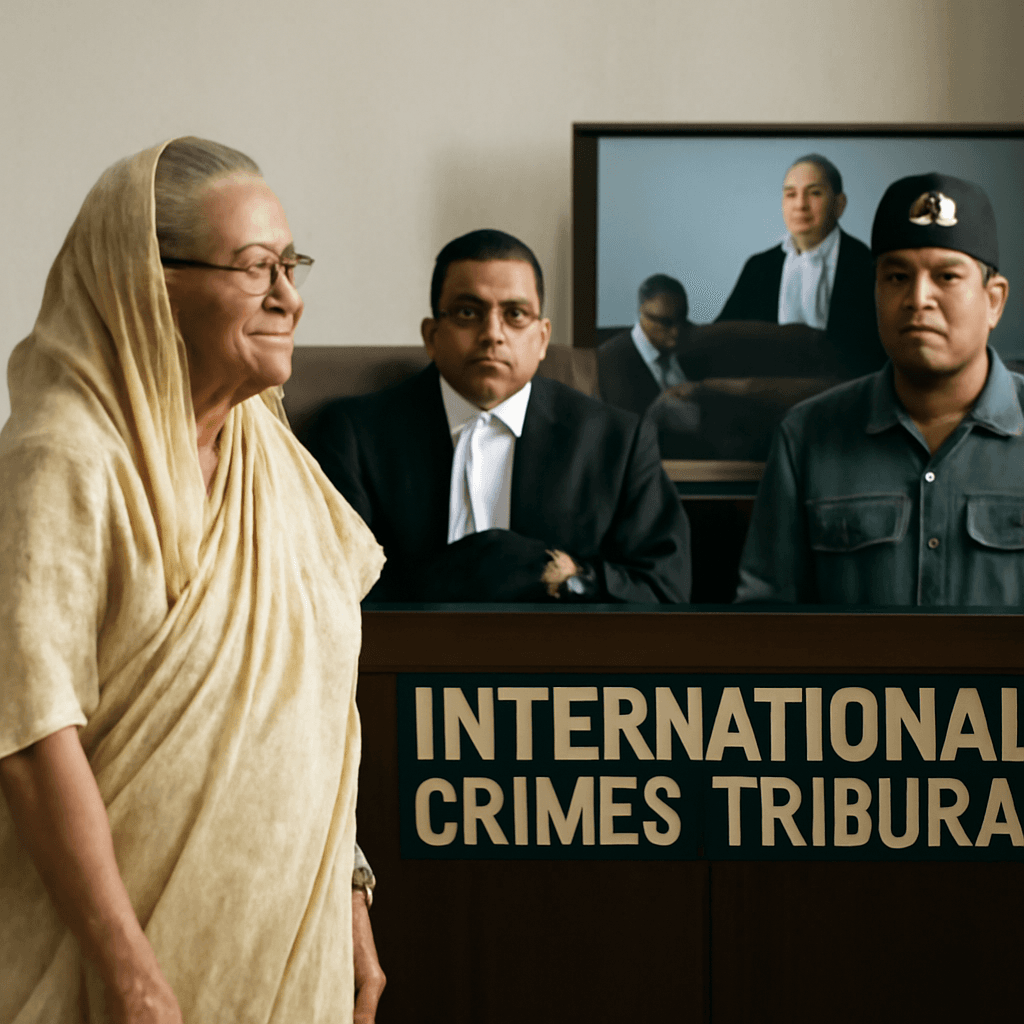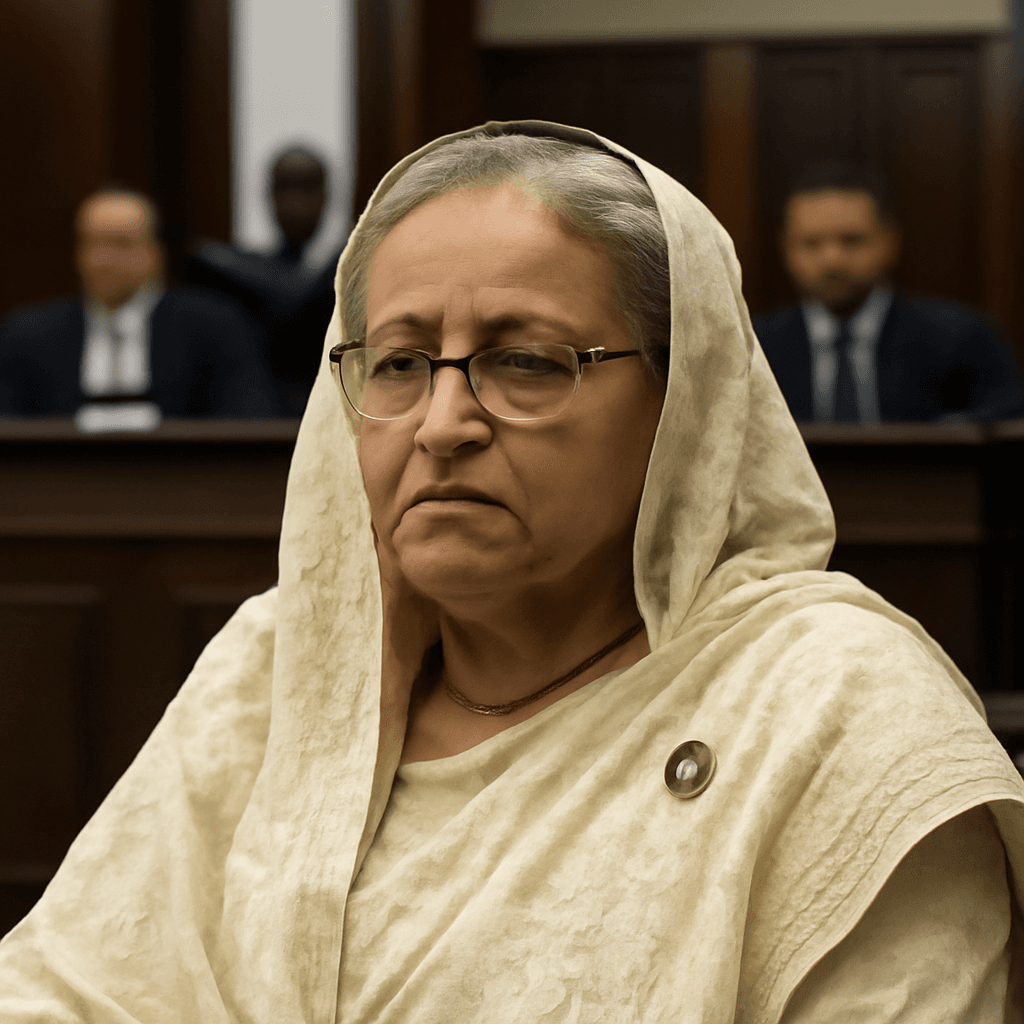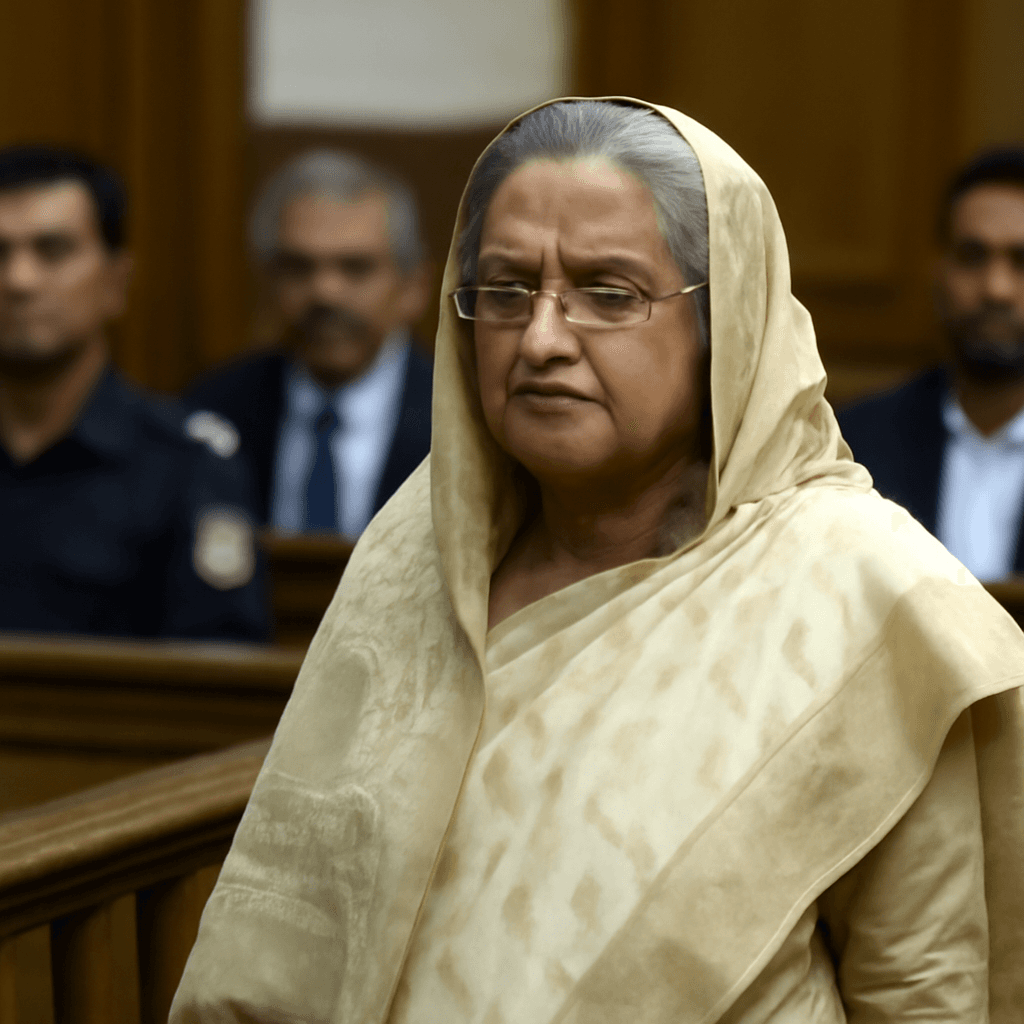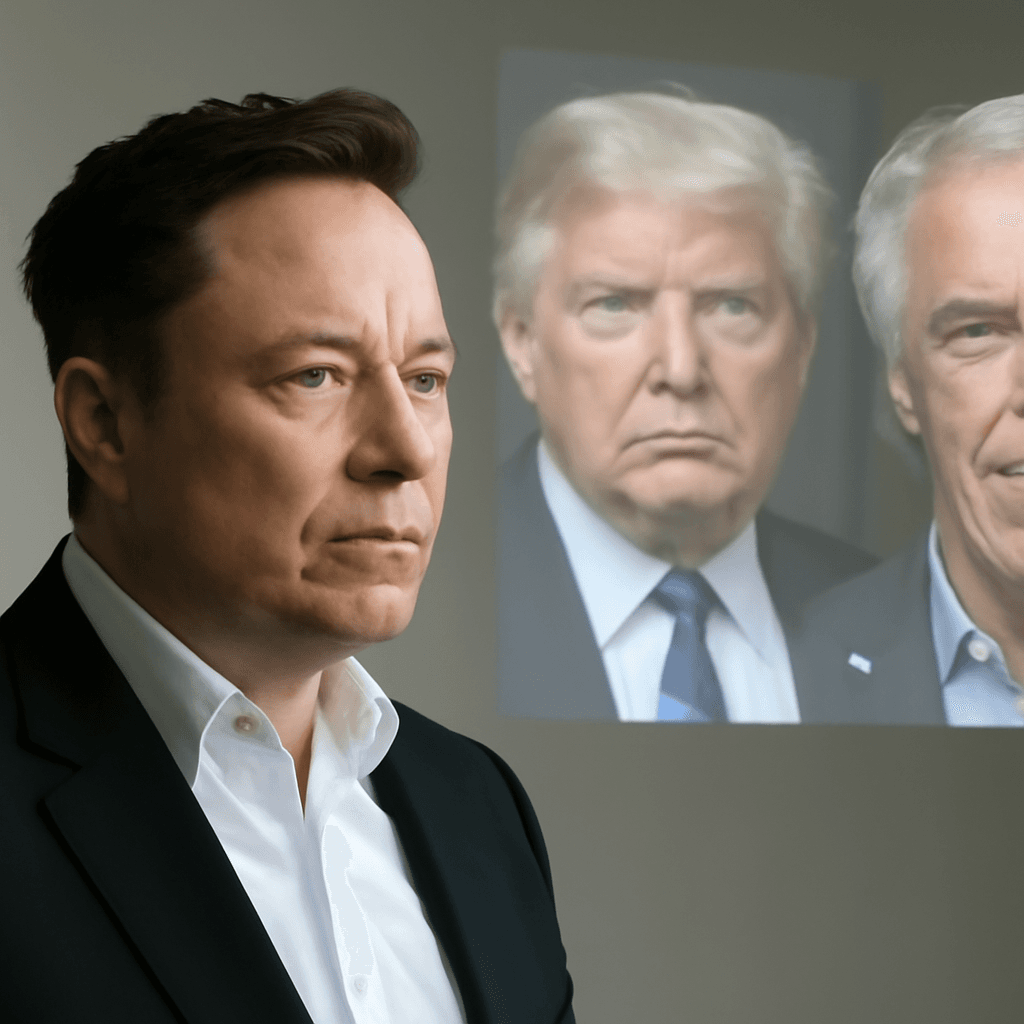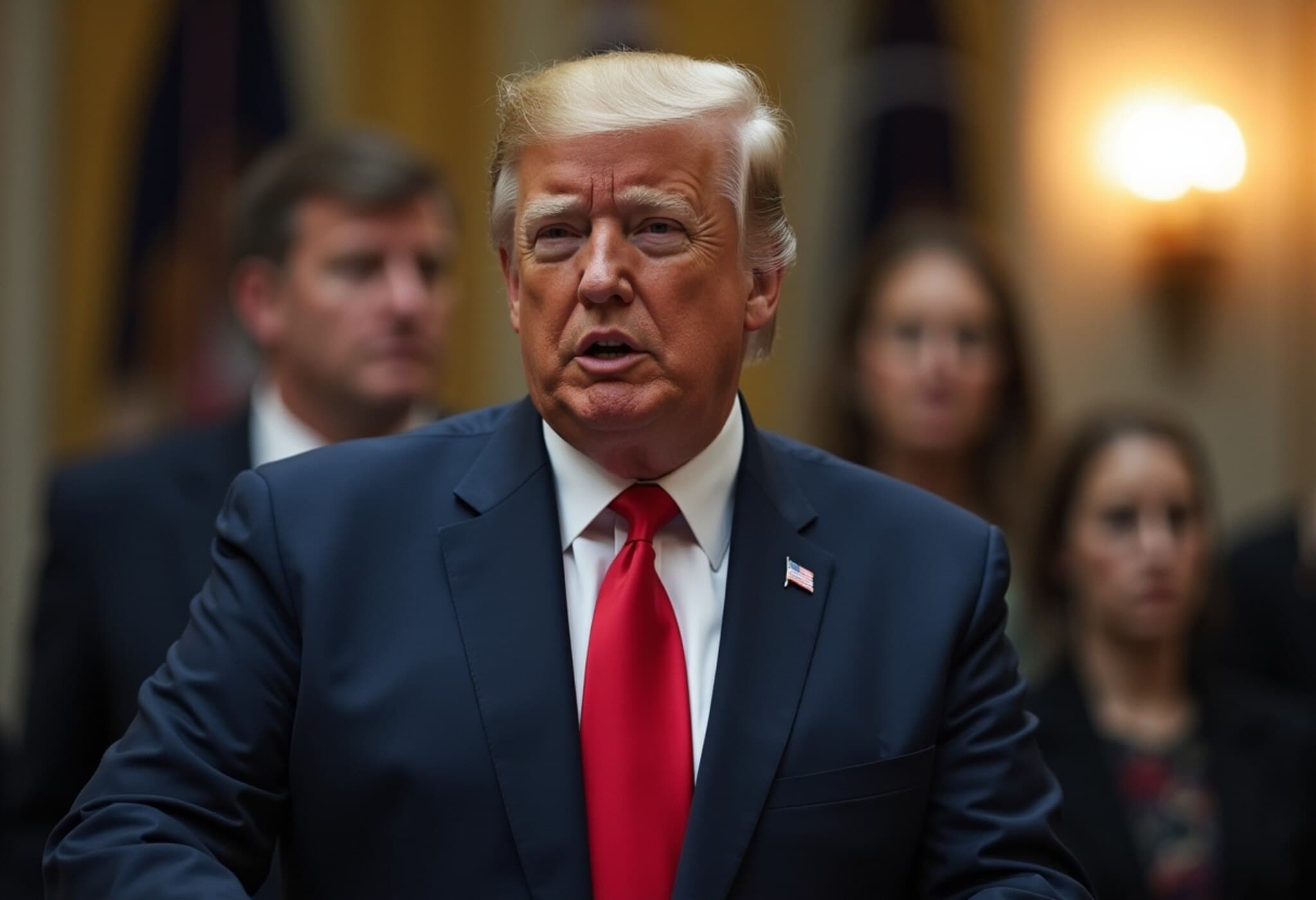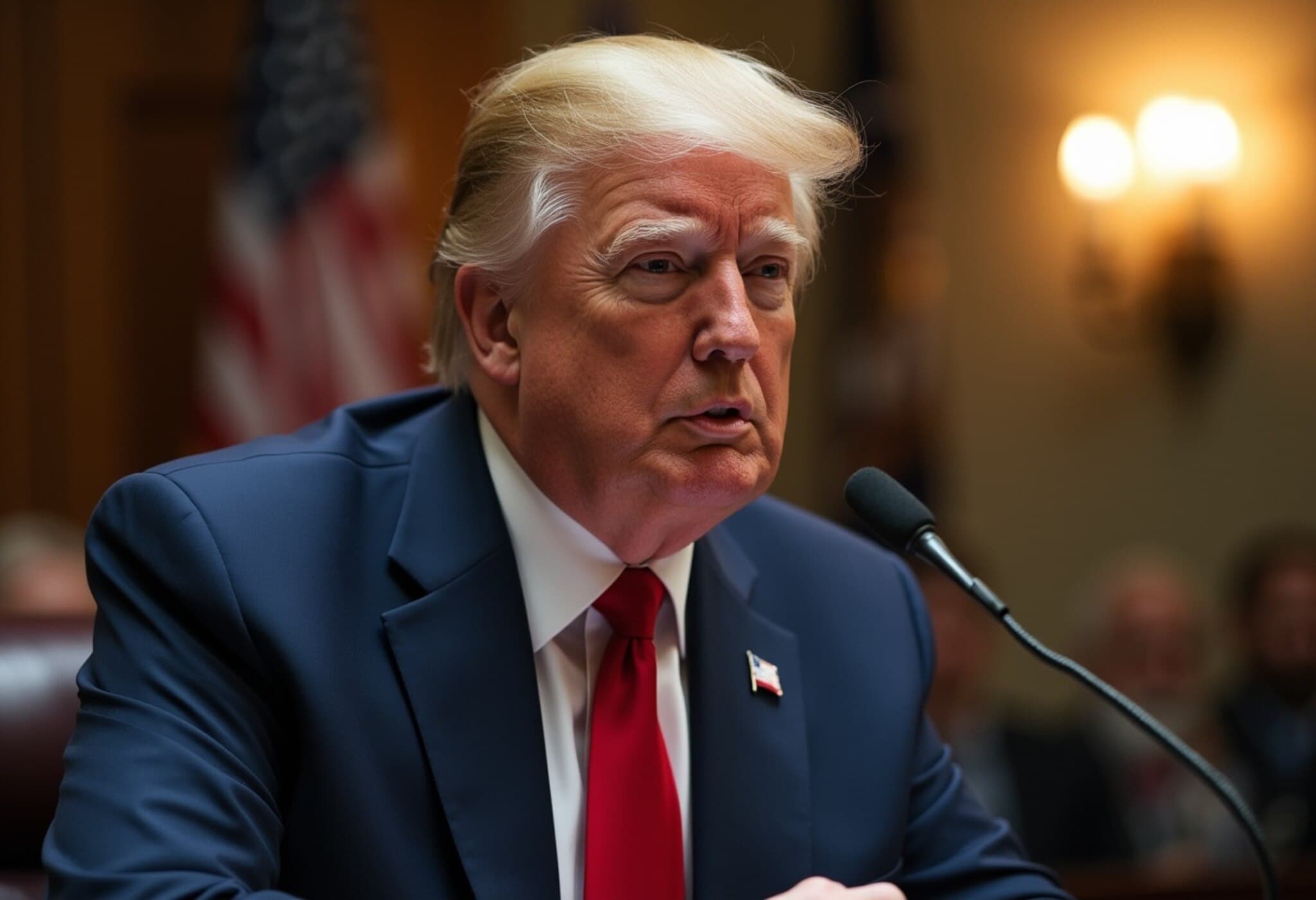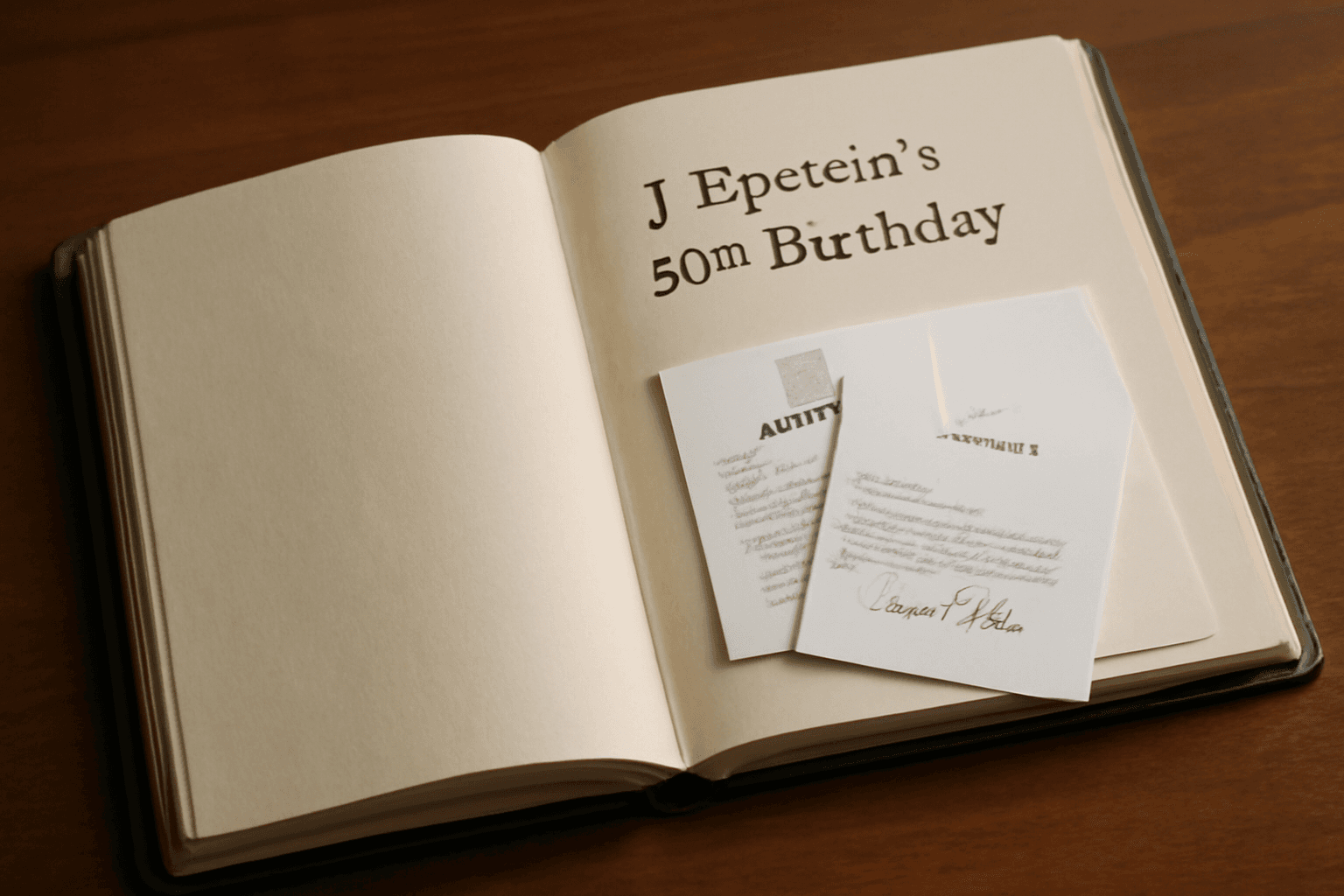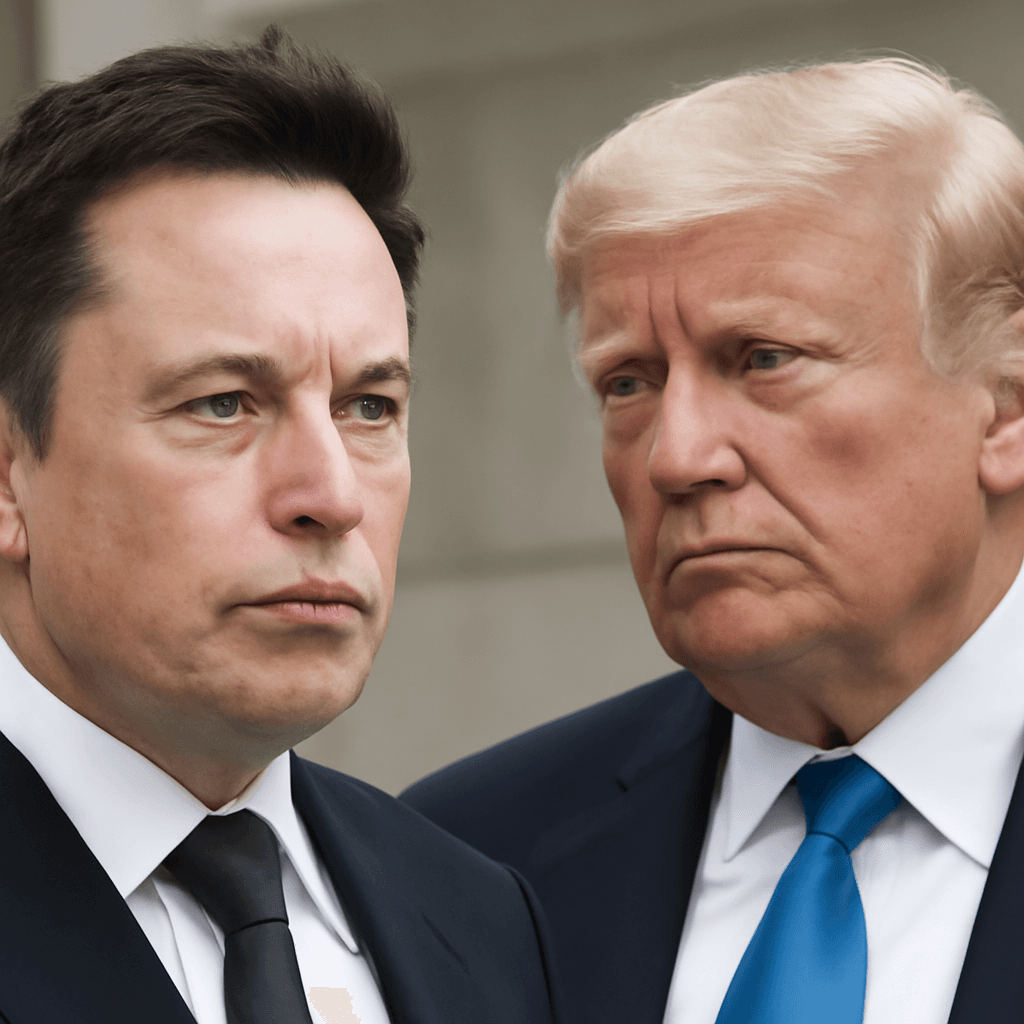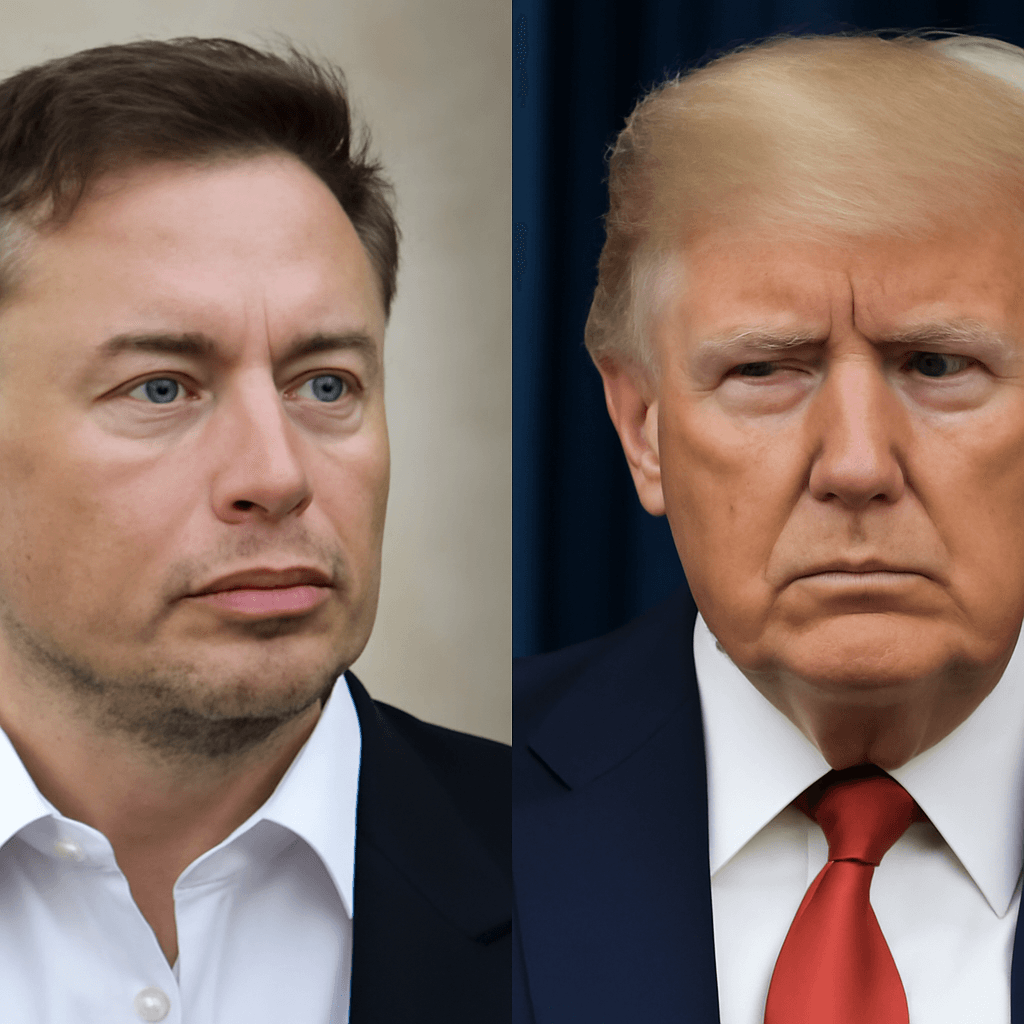New Justice Department Transcripts Shine Light on Epstein Saga
On August 22, 2025, the U.S. Department of Justice unveiled heavily redacted transcripts from interviews with Ghislaine Maxwell, the convicted confidante of the late Jeffrey Epstein. These transcripts arrived amid rising public pressure on officials to reveal the extent of ties between Epstein and prominent figures, especially former President Donald Trump and former President Bill Clinton.
Trump Responds by Shifting Focus to Clinton Connections
In response to questions about his own relationship with Epstein, Donald Trump has vigorously downplayed his involvement, while strategically highlighting connections between Epstein and Clinton associates. Trump specifically pointed to former Treasury Secretary Larry Summers, accusing him of being Epstein’s “best friend,” and reiterated claims that Bill Clinton had been a passenger on Epstein's private plane.
“Innocent people shouldn’t be hurt,” Trump stated, emphasizing support for transparency but cautioning against unfair implications. He described Epstein as a well-connected individual in Palm Beach, suggesting many names could surface that do not deserve suspicion.
Trump also noted that Attorney General Pam Bondi was instructed to provide full cooperation in releasing information related to Epstein. This comes after the House Oversight Committee formally subpoenaed Epstein documents earlier this month, intensifying calls for disclosure.
Justice Department’s Complex Stance and Maxwell’s Testimony
Despite earlier promises from Trump and Justice officials to make Epstein-related documents public, July’s announcement of no new disclosures sparked frustration among his supporters. In this context, Deputy Attorney General Todd Blanche — who has also served as Trump’s legal counsel in other matters — led an extensive interview process with Maxwell, now serving a 20-year sentence for sex trafficking.
While the transcripts were expected to illuminate potential criminal associations, Maxwell’s accounts largely echoed Trump’s assertions that their relationship was casual and unremarkable. She dismissed claims of Trump’s close involvement with Epstein or awareness of illegal activity, stating, “I absolutely never [saw] anything inappropriate in any context.”
Maxwell similarly denied any knowledge of Bill Clinton’s involvement beyond philanthropy, contradicting rumors of deeper entanglements or illicit behavior. When pressed, she could not confirm claims about Clinton receiving massages or participating in Epstein’s social circles beyond superficial contact.
Contested Details and Legal Battles
One notable moment involved Maxwell’s inability to recall a reported “bawdy” birthday letter that Trump allegedly sent Epstein in 2003, containing a nude drawing. Trump has since filed a lawsuit challenging the accuracy of this Wall Street Journal report, underscoring the continuing battles over Epstein-related narratives.
Contextualizing the Epstein Files: What the Public Still Needs to Know
While the transcripts offered some insight, they fell short of delivering the explosive revelations many hoped for. The limited information provided only fuels debate over how much has been withheld and whether justice will fully address the shadowy networks surrounding Epstein’s crimes.
Experts argue that transparency is crucial, especially for high-profile individuals implicated in these investigations, to restore public trust. Yet, balancing privacy, legal constraints, and political overtones remains a delicate challenge.
Underreported Perspectives and Critical Questions
- How do power dynamics influence the investigation and disclosure process?
- What protections exist for potential victims who may be named or questioned?
- What are the broader implications for institutions that had social ties with Epstein?
As this saga continues, journalists and policymakers alike must weigh the demands for transparency against the risks of misinformation and political manipulation.
Editor’s Note
The release of Maxwell’s transcripts marks a pivotal moment in the ongoing Epstein saga, yet it also highlights the complexities of unearthing truth amid political sensitivities. While President Trump’s attempts to redirect scrutiny toward Clinton-era figures add a layer of rivalry, the core issue remains: how do we ensure justice without bias or concealment? Readers should stay vigilant and demand full accountability from all involved, recognizing that behind the headlines are real victims seeking closure.


